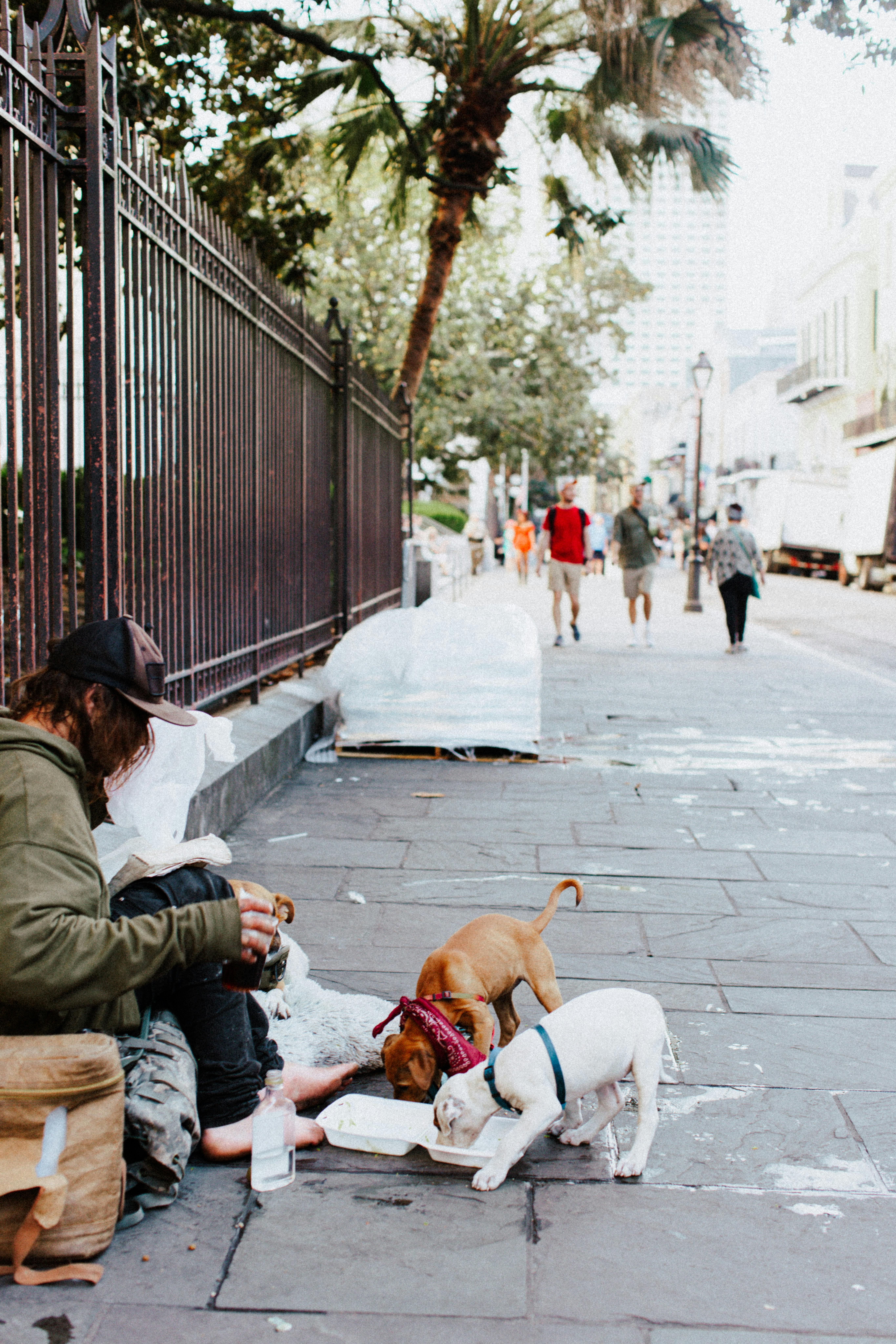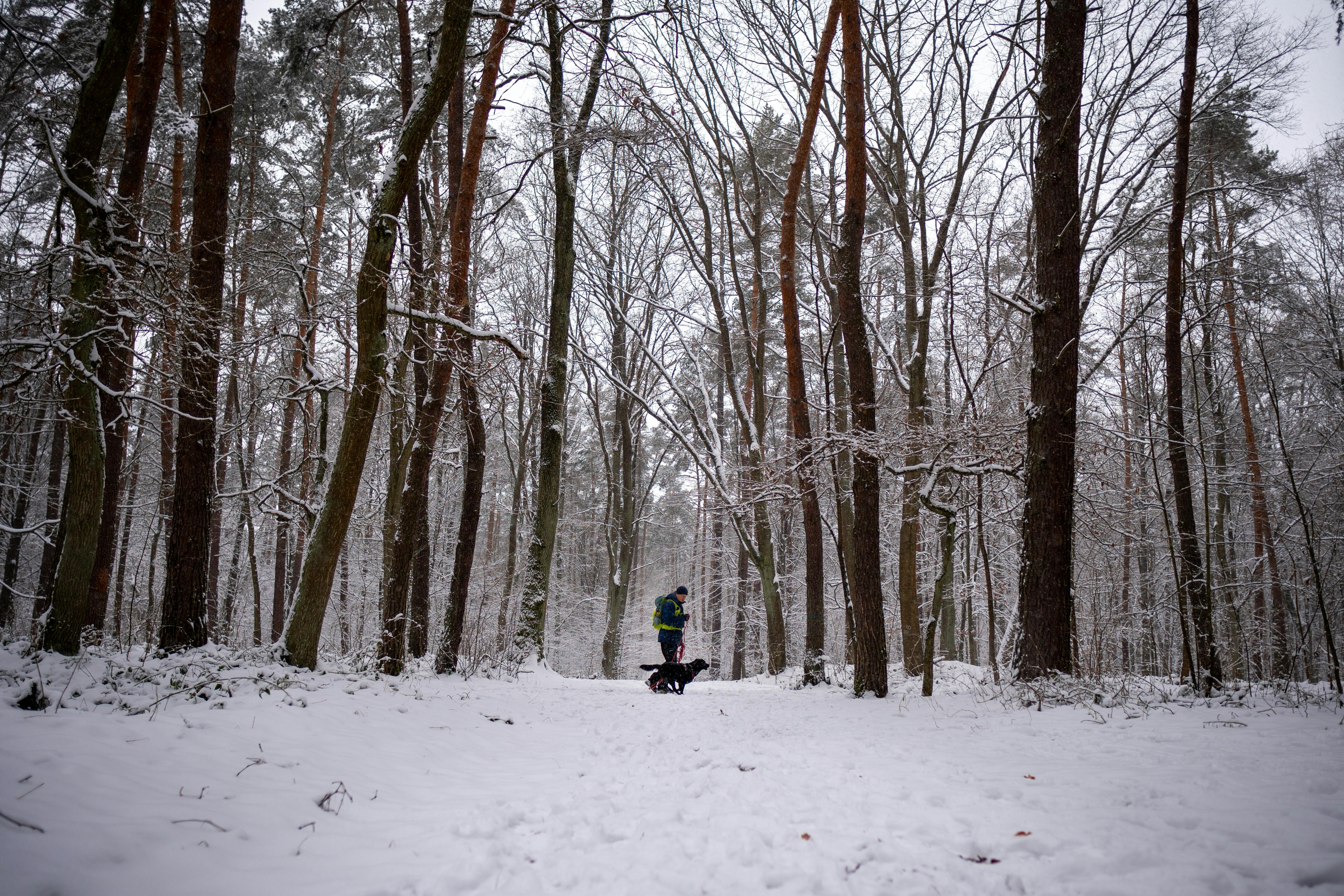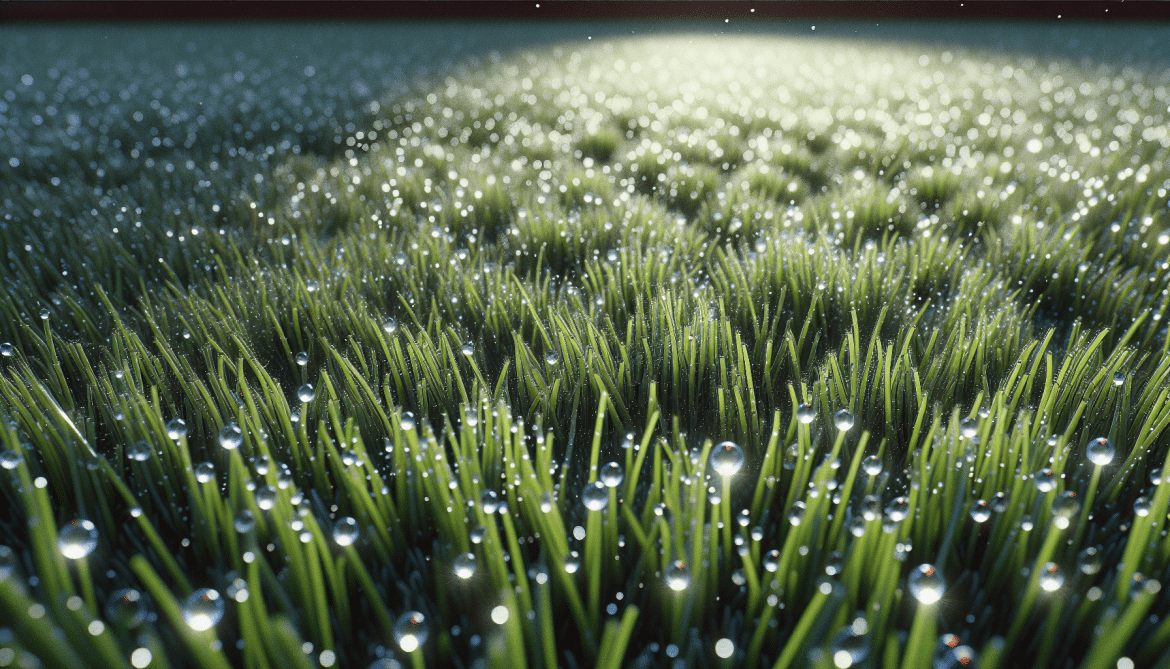Maintaining a clean and odor-free artificial grass can be a challenge when you have a furry friend. But fret not, because in this article, you will discover effective techniques to keep your artificial grass pristine and free from the smell of dog urine. From regular rinsing to using pet-friendly cleaning solutions, these simple steps will ensure that your artificial grass remains a fresh and inviting space for both you and your beloved pup. Say goodbye to stubborn odors and hello to a spotless backyard that is perfect for playtime!

This image is property of images.pexels.com.
Choosing the Right Artificial Grass
When it comes to choosing artificial grass for your home, there are a few factors to consider. First and foremost, you want to ensure that the grass is of high quality and durability. Look for artificial grass that is made from premium materials and has a strong backing to withstand the wear and tear of pets. Remember, dogs can be quite rough on grass, so it's important to choose one that will last.
Another consideration is the pile height of the artificial grass. Pile height refers to the length of the individual grass blades. For pet owners, it is generally recommended to choose a shorter pile height. This is because shorter blades are easier to clean and are less likely to attract and trap pet hair. Additionally, shorter artificial grass is more resistant to damage caused by pet claws.
Finally, if you have pets, it is essential to select pet-friendly artificial grass. Some artificial grass brands are specifically designed to be safe and comfortable for pets. These pet-friendly options are typically made with non-toxic materials that will not harm your furry friends if they happen to ingest any grass fibers. So be sure to look out for that when making your selection.
Installing Proper Drainage
Proper drainage is crucial when it comes to maintaining a clean and odor-free artificial grass area for your pets. Without proper drainage, your artificial grass can quickly become saturated and develop unpleasant odors.
Before installing your artificial grass, it's important to prepare the ground with proper grading. This involves leveling the area and ensuring that water can flow away from the grass. This step helps prevent water from pooling on the surface of the artificial grass, which can lead to stagnant water and the buildup of odors.
Next, you'll want to install a permeable base for your artificial grass. This base acts as a foundation and allows for proper water drainage. It should be made up of a combination of materials such as crushed stone, sand, and gravel. The permeability of the base ensures that any water that comes into contact with the artificial grass is quickly drained away.
To further enhance drainage, consider adding a drainage layer beneath the artificial grass. This layer, typically made of perforated plastic or rubber, allows water to pass through easily while also preventing weed growth. By adding this additional layer, you can ensure that any excess water is effectively drained away from the surface, leaving your artificial grass clean and dry.
Regular Cleaning and Maintenance
Keeping your artificial grass clean and well-maintained is essential for the health and longevity of both the grass and your pets. Here are some tips for regular cleaning and maintenance.
The first step in maintaining a clean artificial grass area is to remove solid waste immediately. This can be done by using a pooper-scooper or a plastic bag. By promptly removing solid waste, you prevent it from seeping into the grass and causing unpleasant odors.
In addition to removing solid waste, it's important to rinse the artificial grass area with water regularly. This helps to flush away any urine residue and keeps the grass looking and smelling fresh. It's a good idea to use a hose or a sprinkler system to thoroughly rinse the area, ensuring that all urine is eliminated.
When it comes to cleaning solutions, it's important to choose pet-friendly options. Harsh chemicals can be harmful to both your pets and the environment. Opt for cleaning solutions that are specifically formulated for artificial grass and safe for pets. These solutions are usually biodegradable and free of any toxic ingredients.
Training Your Dog to Avoid Urinating on the Artificial Grass
While regular cleaning and maintenance are crucial, it's also important to train your dog to avoid urinating on the artificial grass. By establishing a designated bathroom area and using positive reinforcement training, you can teach your dog to do their business elsewhere.
Firstly, designate a specific area in your yard where your dog should go to the bathroom. This can be a section of gravel, sand, or even real grass. By consistently leading your dog to this designated area, they will learn that this is where they should do their business.
Encourage regular bathroom breaks for your dog. Take them to the designated area at regular intervals throughout the day, especially after meals or long periods of rest. By creating a routine, your dog will become accustomed to going to the designated area.
Positive reinforcement is key when training your dog. Whenever your dog successfully goes to the designated bathroom area, reward them with praise and treats. This positive reinforcement will reinforce the behavior and encourage them to continue using that area.

This image is property of images.pexels.com.
Using Artificial Grass Deodorizers
Artificial grass deodorizers are a great way to keep your artificial grass smelling fresh and clean. These deodorizers help neutralize odors and leave your grass smelling pleasant. Here are some tips for using artificial grass deodorizers effectively.
When choosing a deodorizer, it's important to select one that is safe for pets. Some deodorizers contain chemicals that can be harmful if ingested or come into contact with your pet's skin. Look for deodorizers that are specifically labeled as pet-safe to ensure the well-being of your furry friend.
Once you have a pet-safe deodorizer, apply it regularly to your artificial grass. Follow the manufacturer's instructions on the packaging for the appropriate amount to use. Typically, you will need to sprinkle the deodorizer evenly over the grass and then brush it in to ensure even distribution.
It's important to note that artificial grass deodorizers are not a substitute for regular cleaning and maintenance. They are meant to complement your cleaning routine and provide additional odor control. So be sure to continue regularly rinsing the area with water and removing solid waste to keep your artificial grass clean and fresh.
Utilizing Dog Urine Neutralizers
If your dog urinates on the artificial grass, it's important to treat the affected areas to prevent odors and discoloration. Dog urine can be quite potent and can leave behind unpleasant smells. Here are some tips for using dog urine neutralizers effectively.
The first step is to identify and treat urine spots as soon as possible. Dog urine can penetrate the grass and seep into the base, so it's important to tackle the issue promptly. Identify any areas that have been urinated on and mark them for treatment.
Choose an effective urine neutralizer that is safe for use on artificial grass. These neutralizers are typically formulated to break down the urine compounds and eliminate odors. Look for products that are specifically designed for artificial grass.
Follow the application guidelines provided by the manufacturer. Most urine neutralizers come in spray or liquid form and should be applied directly to the affected areas. Ensure that the neutralizer is evenly distributed across the urine spots for maximum effectiveness.
It's important to note that dog urine neutralizers are not a one-time solution. Depending on the severity and frequency of the urine spots, you may need to apply the neutralizer regularly. Regular application will help prevent the buildup of odors and discoloration caused by urine.

This image is property of images.pexels.com.
Adding Additional Drainage Solutions
In some cases, especially if you live in an area with heavy rainfall or your dog frequently uses the artificial grass area, you may need to add additional drainage solutions to prevent water buildup. Here are some options to consider.
Using a pet-friendly artificial grass infill can enhance drainage capabilities. Infill is a material that is spread over the artificial grass to provide stability, support, and additional drainage. Look for infills that are designed to be pet-friendly and offer superior drainage properties.
Installing a subsurface drainage system can also help improve drainage in the artificial grass area. This involves adding drain pipes or channels beneath the artificial grass to direct water away from the surface. A subsurface drainage system can be especially beneficial in areas with heavy rainfall or poor soil drainage.
Consider artificial grass with proprietary drainage technology. Some artificial grass brands offer innovative drainage systems built into the design of the grass itself. These proprietary drainage technologies can enhance the overall drainage capabilities of the grass and help prevent water buildup.
Remember, proper drainage is essential to maintain a clean and odor-free artificial grass area. If you notice water pooling or excessive moisture, it's crucial to address the issue promptly to prevent any potential damage to the grass.
Implementing Regular Artificial Grass Grooming
Regular grooming is essential to keep your artificial grass looking its best and to prevent the accumulation of debris and pet hair. Here are some tips for artificial grass grooming.
Brush the grass regularly to keep the fibers standing upright and prevent matting. Use a stiff brush or broom and gently brush the grass in different directions. This will help maintain the aesthetics of the grass and ensure even wear.
Remove any debris or leaves that have accumulated on the surface of the artificial grass. Debris can trap moisture and lead to the growth of mold or mildew. Regularly inspect the grass and remove any foreign objects to keep the area clean and safe for your pets.
Check for damaged areas or loose seams and repair them promptly. Over time, artificial grass can experience wear and tear, especially in high-traffic areas. If you notice any areas that are damaged, such as tears or loose seams, repair them as soon as possible to prevent further damage.
Regular grooming not only keeps your artificial grass looking its best but also helps maintain its overall integrity and longevity. By incorporating grooming into your maintenance routine, you can ensure that your artificial grass stays clean and in optimal condition.
Professional Artificial Grass Cleaning Services
While regular cleaning and maintenance can go a long way in keeping your artificial grass clean, there may be occasions when professional cleaning services are needed. Professional cleaning companies specialize in artificial grass cleaning and have the expertise and equipment to tackle even the toughest stains and odors.
Hiring professional cleaning companies can be a great option if you're short on time or if you're dealing with significant stains or odors that are difficult to remove. These companies have access to specialized cleaning products and techniques that can effectively eliminate stains and odors from your artificial grass.
Schedule regular deep cleaning sessions with professional cleaning companies to ensure that your artificial grass is thoroughly cleaned and refreshed. Deep cleaning involves more than just rinsing the area with water. It may include the use of specialized equipment, such as power brushes and steam cleaners, to lift dirt and grime from the grass.
Consider professional stain and odor removal services if your artificial grass is experiencing persistent stains or strong odors. These services are specifically designed to target and eliminate tough stains and odors, leaving your artificial grass clean and fresh.
Tips for Preventing Dog Urine Damage on Artificial Grass
While it's important to have strategies in place to clean and maintain your artificial grass, there are also steps you can take to prevent dog urine damage altogether. Here are some tips to consider.
Encourage adequate hydration for your dog. By ensuring that your dog is properly hydrated, you can dilute their urine and minimize the impact on the artificial grass. Make sure your dog has access to fresh water at all times and encourage them to drink regularly.
If possible, limit your dog's access to the artificial grass area. This can help reduce the frequency of urination on the grass and minimize potential damage. Create barriers or designate certain areas that are off-limits to your dog to encourage them to use alternative bathroom spots.
Monitor the diet and health of your dog. Certain foods and medical conditions can result in stronger urine odors or a higher urine concentration. Consult with your veterinarian to ensure that your dog's diet and overall health are optimized to minimize the impact on your artificial grass.
By implementing these tips, you can prevent dog urine damage and maintain a clean and odor-free artificial grass area for your pets to enjoy.
In conclusion, maintaining a clean artificial grass area for your pets requires a combination of choosing the right materials, installing proper drainage, regular cleaning and maintenance, training your dog, and utilizing various cleaning products and techniques. By following these guidelines, you can ensure that your artificial grass remains clean, odor-free, and enjoyable for both you and your furry friends.


